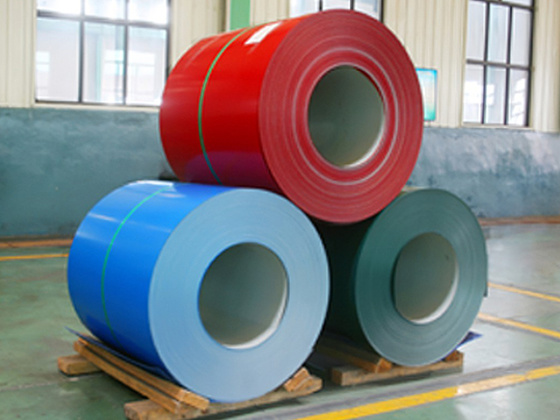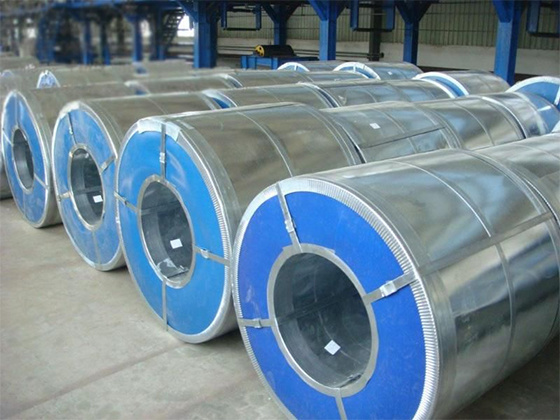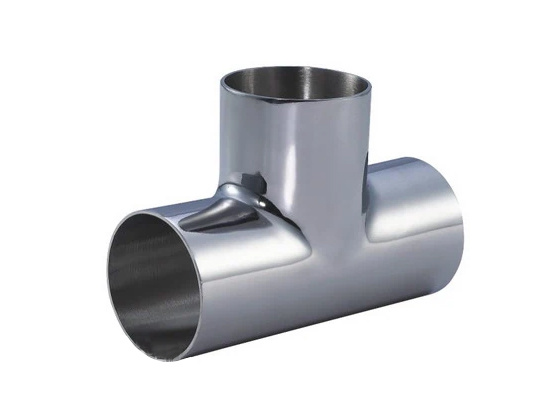Contact Us
E-mail:
sunjiyang@meidexiang.com
Tel/Wechat/WhatsApp:
+8618633701166
Tel/WeChat:
+86-13663271100
Address:
Hope New District, Mengcun, Cangzhou City, Hebei Province, China (East of Lijiapu Bridge, Cangyan Road 283)

Angle steel
- Product Description
-
Angle steel is a type of long strip steel with two sides perpendicular to each other, widely used in various engineering fields. Here is a detailed introduction about it:
Structural Characteristics
Unique cross-sectional shape: Angle steel is divided into equal leg angle steel and unequal leg angle steel. Equal leg angle steel has two sides of equal length, with an L-shaped cross-section and a 90-degree angle between the two sides; unequal leg angle steel has two sides of unequal length, also with an L-shaped cross-section, but the lengths of the sides vary, resulting in various specifications based on the length ratio.
Specification representation method: The specifications of equal leg angle steel are usually represented by the dimensions of leg width × leg width × leg thickness, measured in millimeters. For example, ∠40×40×4 indicates equal leg angle steel with a leg width of 40 millimeters and a leg thickness of 4 millimeters. The specifications of unequal leg angle steel are represented by long leg width × short leg width × leg thickness, such as ∠75×50×5, indicating unequal leg angle steel with a long leg width of 75 millimeters, a short leg width of 50 millimeters, and a leg thickness of 5 millimeters.
Performance Advantages
Good strength and stability: The L-shaped cross-section of angle steel allows it to effectively distribute forces through the two perpendicular sides when subjected to pressure, tension, and shear forces, thus providing high strength and stability. In situations where structural stability is crucial, angle steel can perform well.
Easy to process and connect: Angle steel is easy to cut, bend, drill, and other processing operations, allowing it to be made into various shapes and sizes according to specific engineering needs. Moreover, angle steel can be conveniently connected to other components through welding, bolting, and other methods, facilitating the construction of complex structural systems.
Strong versatility: Due to its simple shape and diverse size specifications, angle steel can adapt to various application scenarios and structural requirements, making it present in various engineering projects such as buildings, machinery, and bridges.
Application Fields
Construction Field
Frame Structure: In the frame structure of buildings, angle steel can serve as support and connection components to enhance the overall stability of the building. For example, in the framework construction of simple or temporary buildings, angle steel is often used to make columns, beams, and trusses.
Roof Structure: Commonly used for supporting and fixing roofs, such as making the chord rods and web members of trusses, helping to support roofing materials and ensure the stability of the roof structure.
Decoration and Protection: Angle steel can also be used to create decorative lines and protective railings in buildings. Its simple shape can serve as a decorative element while its strength meets the safety requirements for protective railings.
Mechanical Manufacturing
Equipment Supports and Frames: In the manufacturing of machinery, angle steel is often used to create supports and frames for equipment. It provides stable support and installation bases for equipment, ensuring smooth and reliable operation.
Conveying Systems: In material conveying systems, such as the frames of belt conveyors and the guide rails of chain conveyors, angle steel can serve as a primary structural component, ensuring smooth and stable material transport.
Power and Communication Engineering
Power Transmission Towers: Angle steel is a major component of power transmission towers, used to construct the tower body and cross arms. Its high strength and stability ensure that power transmission towers can safely and reliably support transmission lines under various harsh weather conditions.
Communication Base Stations: In the construction of communication base stations, angle steel can be used to create antenna towers and support structures, providing a stable installation platform for communication equipment and ensuring stable transmission of communication signals.
Bridge Engineering
Bridge Railings: Angle steel is often used to make railings for bridges, ensuring the safety of pedestrians and vehicles while also serving a decorative purpose.
Auxiliary Structures: In some small bridges or auxiliary structures of bridges, angle steel can be used to create supports, hangers, etc., assisting the main structure in bearing loads or fulfilling specific functions.
Selection Points
Choose based on load requirements: First, clarify the types and magnitudes of loads that angle steel will bear in specific applications. If it is to bear large axial pressure or tension, choose angle steel with larger leg widths and thicknesses to ensure sufficient load-bearing capacity; if it is to bear smaller auxiliary loads or mainly used for connection and fixing, smaller specifications of angle steel can be selected.
Consider the usage environment: The usage environment of angle steel is also an important factor in selection. In humid and corrosive environments, angle steel with good corrosion resistance should be prioritized, such as galvanized angle steel or stainless steel angle steel, to extend its service life.
Connection methods and processing requirements: It is also necessary to consider the connection methods of angle steel with other components and subsequent processing requirements. If welding connections are used, angle steel with good welding performance should be selected; if extensive bending or drilling operations are required, angle steel that is easy to process should be chosen to ensure processing quality and efficiency.
Hot Tags:
Inquire Now
Note: Please leave your email address, our professionals will contact you as soon as possible!





